Are you facing some common Magento 2 issues?
Magento 2 is a popular eCommerce platform, but it is not immune to issues. Around 62% of Magento stores will have at least one security issue. This can be a major problem for businesses, as it can disrupt customer journeys and boost sales.
If you are experiencing Magento 2 issues, there are a few things you can do. First, you can try to identify the issue by checking the Magento 2 logs. Once you have identified the issue, you can try to find a solution online or contact an experienced Magento development service for assistance.
In this blog post, we will share some insightful tips to handle issues smoothly in your Magento store. We will also discuss some of the most common Magento 2 issues and how to fix them.
Some Tips To Prevent Common Magento 2 Issues
You can prevent common Magento 2 issues and keep your store running smoothly and securely by following these tips:
- Keep your Magento 2 version up to date.
- Use strong passwords and two-factor authentication for all Magento 2 accounts.
- Only install extensions from trusted developers and keep them up-to-date.
- Regularly back up your store.
- Use a secure hosting provider and a CDN.
- Optimize and monitor your Magento 2 store for performance issues.
- Use a web application firewall (WAF) and monitor your Magento 2 store for suspicious activity.
- Consider hiring a Magento 2 security expert or performance expert to help you secure and optimize your store.
The Most Common Magento 2 Issues and How to Fix Them
Data Theft and Security Issues: Magento 2 Issues
Magento 2 eCommerce platforms are constantly targeted by cybercriminals, putting sensitive customer financial and personal information at risk.
This can lead to reputational damage, data loss, decreased sales, and even fines or suspension of the e-commerce site.
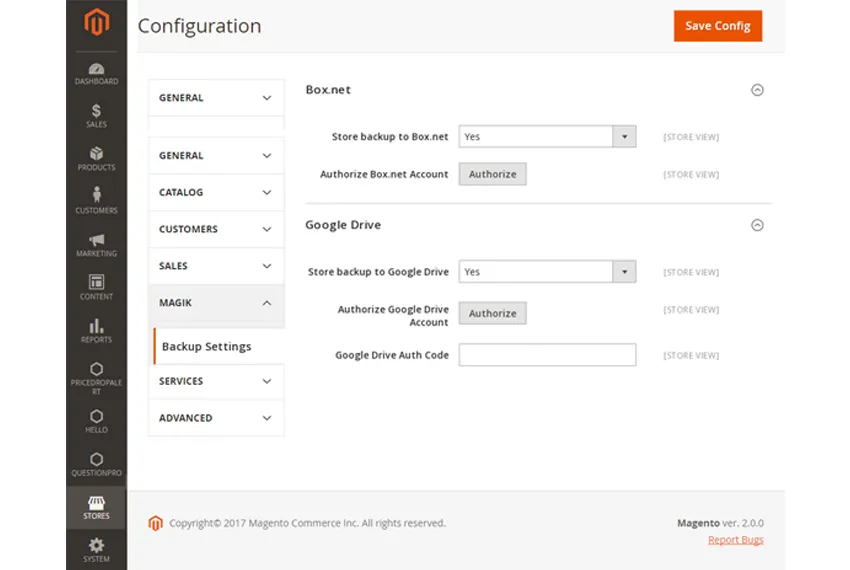
How to fix it:
- Use strong passwords and two-factor authentication for all accounts.
- Keep Magento 2 core and extensions up to date.
- Avoid installing extensions from unknown developers.
- Use a secure hosting provider and web application firewall (WAF).
- Regularly back up store data.
- Monitor store logs for suspicious activity.
301 Redirects Issues: Magento 2 Issues
A 301 redirect is a permanent HTTP status code that tells search engines that a URL has been permanently moved to another location.
How to fix it:
- Go to your Magento Admin bar > Marketing > SEO & Search > URL Rewrites
- Find Add URL Rewrite and build a URL for the CMS page, category, custom URL, or product that you want to redirect.
- Provide all the necessary information, and click Save.
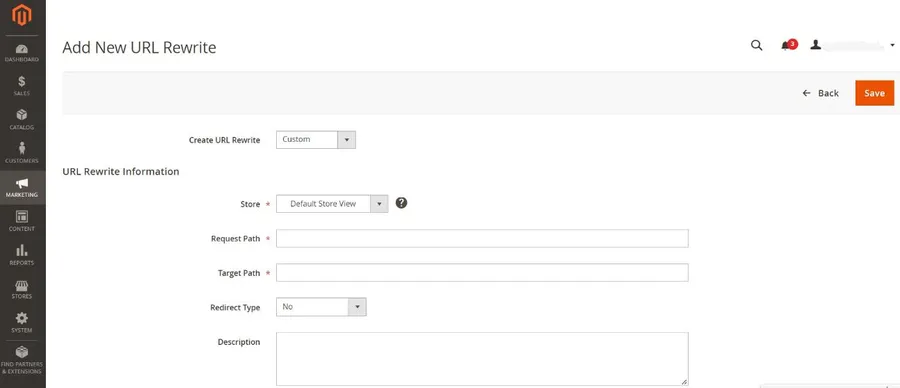
URLs Issues: Magento 2 Issues
Faceted navigation can be helpful for customers navigating through a large eCommerce site, but it can also cause SEO problems, such as diluting link equity, passing link equity to pages that are not indexed, consuming crawl budget, impacting crawl ability, and creating duplicate content.

How to fix it:
- Use robots.txt to block parameters.
- Add the nofollow attribute to links to prevent Google from crawling them.
- Use Google Search Console to handle URL parameters.
- Hire Magento developers to implement AJAX navigation, which allows changing the content on pages without updating the URL.
SEO Issues: Magento 2 Issues
After migrating to Magento 2, it is important to optimize your website for search engines to avoid a drop in rankings, damaged links, or ineffective 301 redirects.
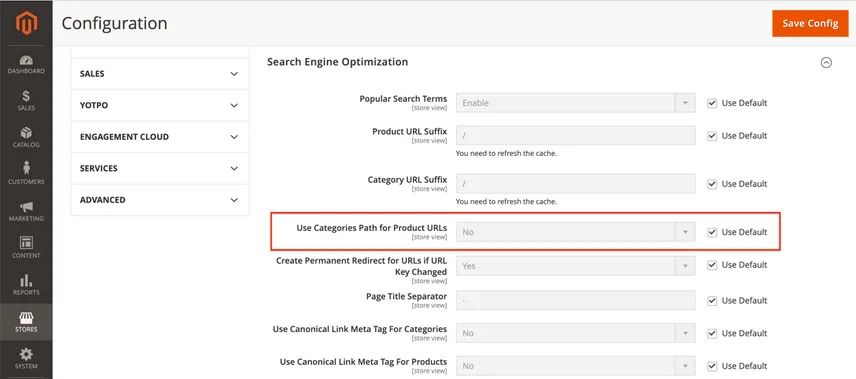
How to fix it:
- Map your current website layout to your Magento store.
- Maintain a strong SEO structure.
- Take steps to avoid broken or inaccessible content.
- Use Magento 2 SEO extensions to achieve the best possible SEO performance.
- Work with a Magento SEO expert to ensure that your website is fully optimized for search engines.
Slow Magento 2 Website Issue: Magento 2 Issues
A slow Magento website can be caused by some factors, such as third-party plugins, JavaScript and CSS, and the theme and extensions that are being used.
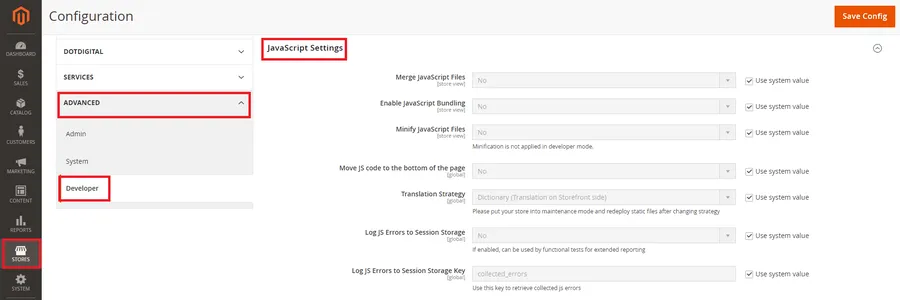
How to fix it:
- Enable flat categories and products.
- Improve JavaScript and CSS performance
- Use lightweight themes and extensions.
- Keep Magento up to date.
- Work with a Magento performance expert to identify and fix any specific performance issues.
Magento Product Page Errors: Magento 2 Issues
Magento product pages may not be set up in a way that is optimized for SEO. This can lead to duplicate meta information and content, ambiguous product URLs, and other problems.
How to fix it:
- Use the right method to set up product pages for variables like color or size options.
- Implement canonical tags on the core product pages.
- Update internal links and implement proper redirects if you are not using hierarchical URLs.
- Work with a Magento SEO expert to ensure that your product pages are fully optimized for search engines.
Keyword Stuffing and Irrelevant Keywords: Magento 2 Issues
Keyword stuffing is the overuse of keywords in a piece of content. This can lead to high bounce rates, low click-through rates, and no organic visibility.
How to fix it:
- Optimize the keywords so that the content meets the search intent.
- Use keyword research tools (SEMrush or Ahrefs) to discover new keywords for your business.
- Consider hiring Magento development services to help you maintain readability and generate better rankings for your web pages.
Under Optimized Rich Snippet: Magento 2 Issues
Rich snippets are snippets of information that are displayed on search engine results pages (SERPs).
It can boost click-through rates and visibility. Magento 2 websites may only display the ratings and reviews of the product in the SERPs.
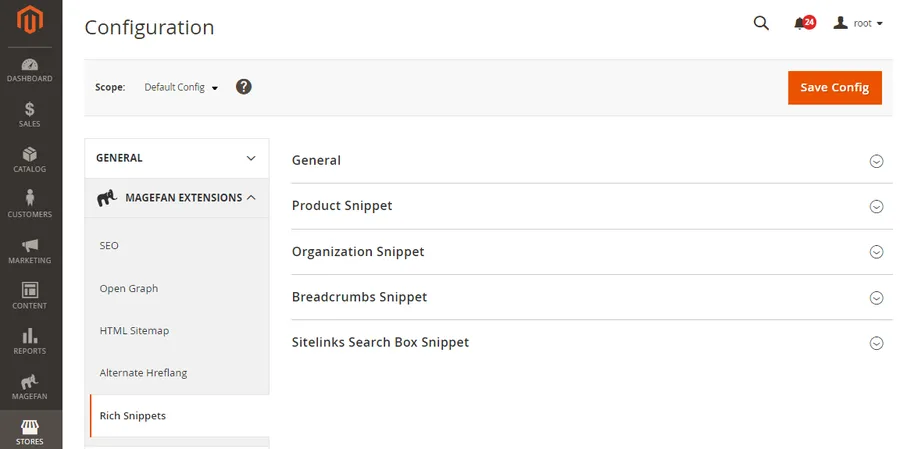
How to fix it:
- Add an extension like Google Rich Snippets to include other information in the snippet.
- Use tools to verify the syntax and schema alignment of the structured data.
- Produce high-quality content that is informative, engaging, and relevant to your target audience.
JavaScript and CSS Issues: Magento 2 Issues
JavaScript and CSS can make your website load slower, which can lead to visitors leaving your site early and fewer people buying your products or services.
How to fix it:
- Combine the JavaScript and CSS files into one file to reduce them.
- Eliminate unnecessary line breaks and spaces in the code.
- Get assistance from Magento 2 professionals to optimize your JavaScript and CSS.
Caching Issues: Magento 2 Issues
The cache is a temporary storage location that stores frequently accessed data to improve website loading speed. If you make any changes to your website’s UI, it’s important to clear the cache so that visitors can see the latest changes.
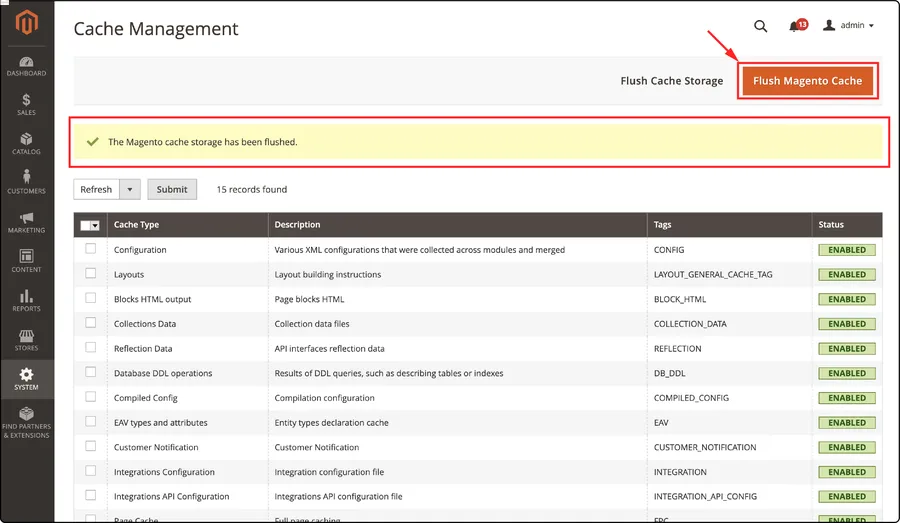
How to fix it:
- Open your Magento Admin > System > Tools > Cache Management.
- Select the cache type that you want to clear.
- Select Enable in the Actions dropdown and click Submit.
- Flush Static Files Cache.
Role Assigning to New Users Issues: Magento 2 Issues
When creating a new user from the Magento Admin section, it is possible to assign the wrong role or set insufficient permissions.
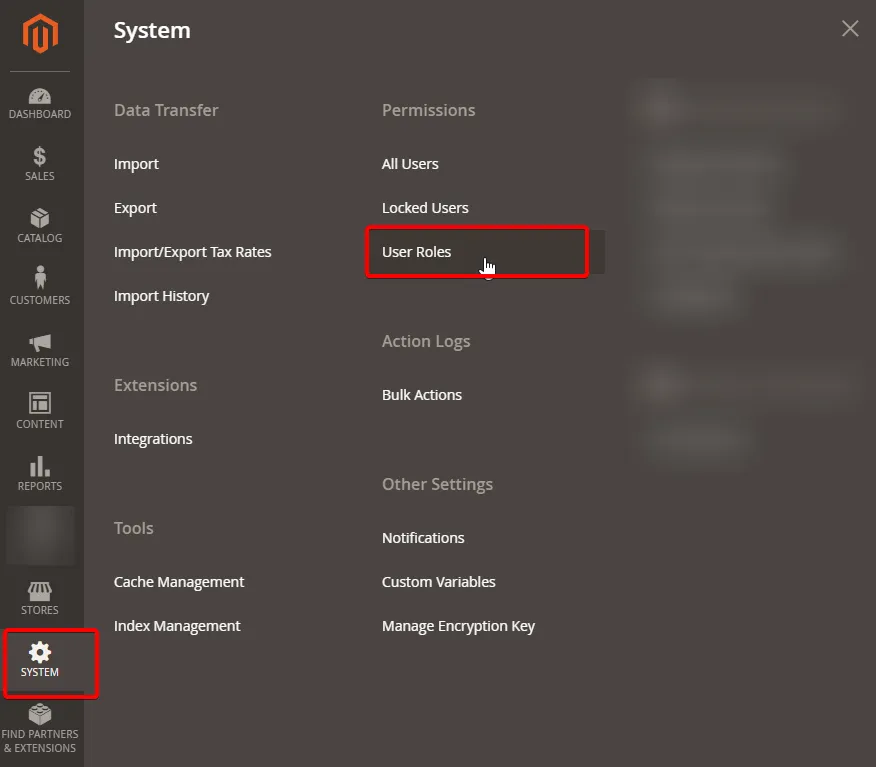
How to fix it:
- Go to System > Permissions > All Users.
- Click on the All Users option.
- Select any user and click on User Roles.
- Update the permissions and click Save.
Missing ElasticSearch on Catalog Pages: Magento 2 Issues
ElasticSearch can be used to improve the performance and responsiveness of catalog pages and results.
Magento supports ElasticSearch by default in versions 2.4.x and later. However, it needs to be manually enabled in earlier versions.
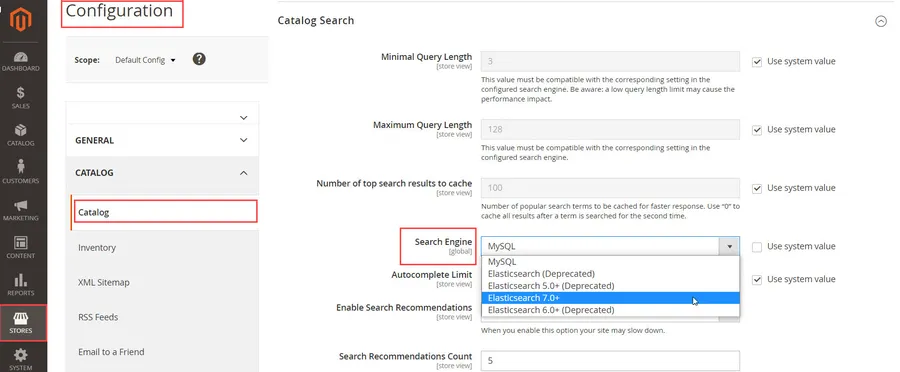
How to fix it:
- Go to Stores > Settings > Configuration.
- Go to Catalog > Catalog > Catalog Search.
- Under Search Engine, select Elasticsearch.
- Click Save.
If you’re building a mobile app for your online store, don’t forget to check out Claue from ArrowTheme! Claue is a beautiful and responsive Magento theme that will make your store look great on all devices, including smartphones and tablets.
Read More: 12+ Best Magento Mobile App Builders for iOS & Android
Contact US | ThimPress:
Website: https://thimpress.com/
Fanpage: https://www.facebook.com/ThimPress
YouTube: https://www.youtube.com/c/ThimPressDesign
Twitter (X): https://twitter.com/thimpress